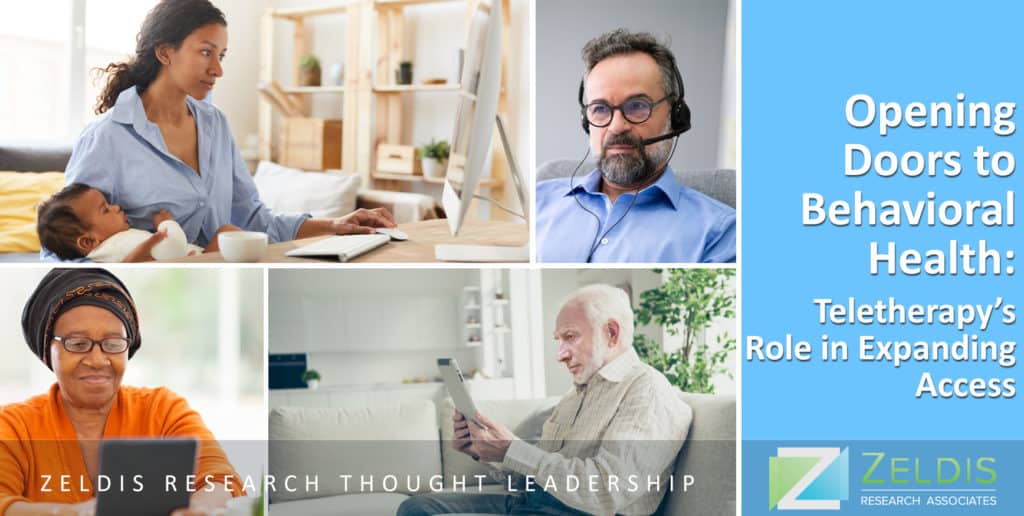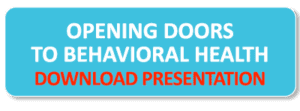
As reported by Mental Health America, almost one in five people nationwide (47.1 million) are living with a mental health condition. That number increased by about 1.5 million over last year’s report. Additionally, over half of adults with a mental illness do not receive treatment, totaling over 27 million adults in the U.S. who are going untreated.
In 2020 we launched our Telehealth for Behavioral Health thought leadership which was designed to understand the logistics of the move to virtual therapy. This year we are exploring the experiences of those who accessed treatment for the first time and used teletherapy to open the door to counseling. The purpose of this thought leadership is to uncover the impact of teletherapy (video, chat, text, telephone) on accessibility, the customer experience, apps/tools, and intended future use of treatment options.
METHODS
Qualitative one-on-one individual depth interviews/IDIs
- 24 total IDIs
- 8 consumers with employer-sponsored health insurance (Group)
- 8 consumers with Medicare health insurance (Medicare)
- 8 therapists (Providers)
AUDIENCES
Key consumer characteristics:
- Started using professional behavioral health services for the first time ever in the past 1-2 years
- In ongoing therapy
- The first few full sessions were video, chat, or text (may still be or not)
- Primary therapy issue is mild-to-moderate in severity
- A mix of genders, races/ethnicities, regions
- Pay for therapy through insurance plan
Key provider characteristics:
- Psychologist, counselor, social worker, therapist (not psychiatrist)
- Recent ongoing experience with teletherapy, including patients who started therapy for first time ever by teletherapy
OBJECTIVES
|
|
RESULTS
We recently presented our findings in a webinar presentation. Links to watch a video capture of the live webinar, and to download the presentation used, are below.


